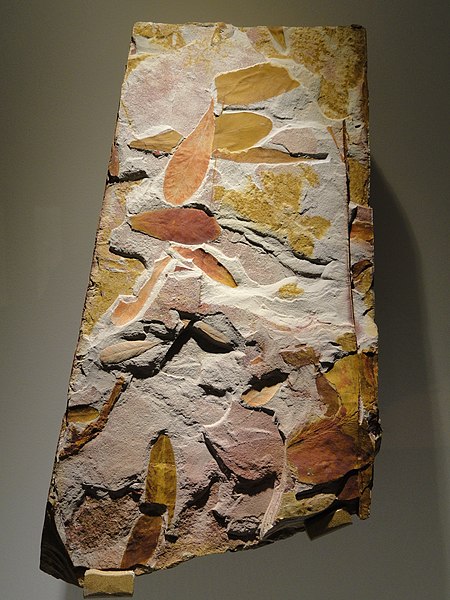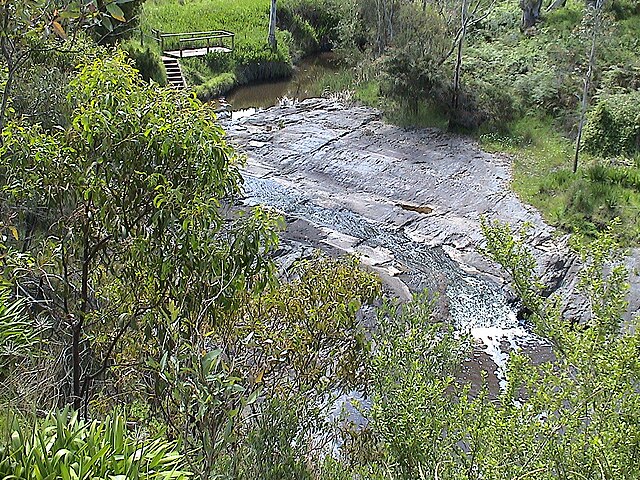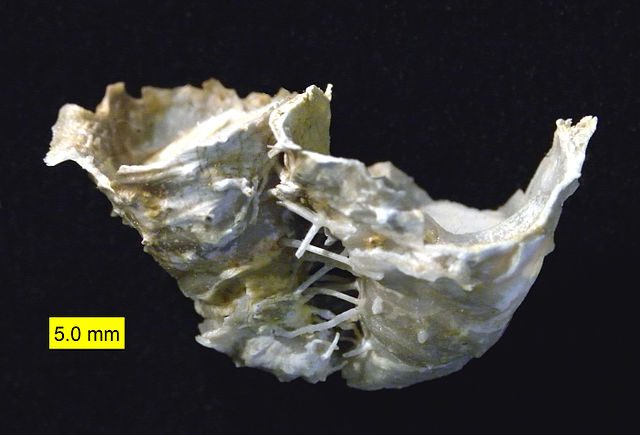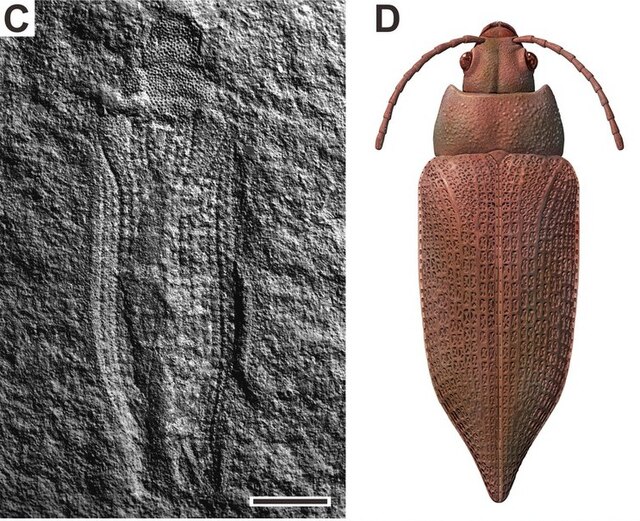Glossopteris is the largest and best-known genus of the extinct Permian order of seed plants known as Glossopteridales. The genus Glossopteris refers only to leaves, within a framework of form genera used in paleobotany. Species of Glossopteris were the dominant trees of the middle to high-latitude lowland vegetation across the supercontinent Gondwana during the Permian Period. Glossopteris fossils were critical in recognizing former connections between the various fragments of Gondwana: South America, Africa, India, Australia, New Zealand, and Antarctica.
Image: Glossopteris sp., seed ferns, Permian Triassic Houston Museum of Natural Science DSC01765
Image: Pangaea Glossopteris
The Permian is a geologic period and stratigraphic system which spans 47 million years from the end of the Carboniferous Period 298.9 million years ago (Mya), to the beginning of the Triassic Period 251.902 Mya. It is the last period of the Paleozoic Era; the following Triassic Period belongs to the Mesozoic Era. The concept of the Permian was introduced in 1841 by geologist Sir Roderick Murchison, who named it after the region of Perm in Russia.
Selwyn Rock, South Australia, an exhumed glacial pavement of Permian age
Hercosestria cribrosa, a reef-forming productid brachiopod (Middle Permian, Glass Mountains, Texas)
Fossil and life restoration of Permocupes sojanensis, a permocupedid beetle from the Middle Permian of Russia
Edaphosaurus pogonias and Platyhystrix – Early Permian, North America and Europe






